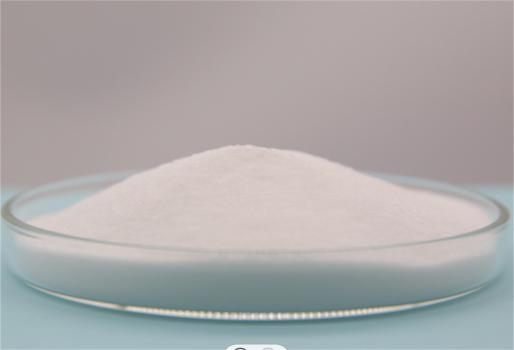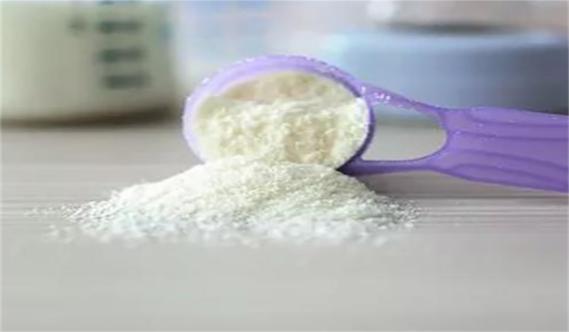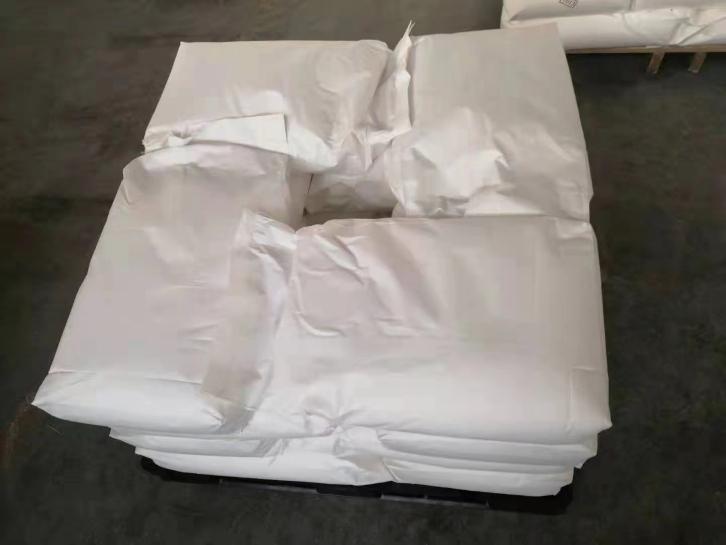Post Date: 11,Feb,2022
Sulfonated melamine formaldehyde resin is referred to as melamine resin, also known as melamine formaldehyde resin or melamine resin. It is an important triazine ring compound. Melamine resin has excellent water resistance, aging resistance, flame retardant, heat resistance, chemical resistance and insulation properties, and can be used in the manufacture of molding compounds (daily tableware and electrical appliances), wood-based panels (plywood, laminate flooring and laminated plastic boards) ) and foam plastic, etc. In addition, melamine resin is also widely used as coatings, wood adhesives, paint cross-linking agents, fiber textile finishing agents, paper wet strength agents and cement water reducing agents.
Melamine resin has the following major applications:
1. Application in leather industry:
In the leather industry, melamine resin is a commonly used pre-tanning, retanning and filling resin, among which trimethylol melamine resin is the most widely used amino resin. Amino resin has a tanning mechanism similar to that of aldehyde tanning: the prepolymer penetrates into the skin, and as the pH value decreases, the prepolymer automatically condenses into a molecule with a certain size in the skin, and the active -NHCH 2 OH and collagen in the molecule are passed through. The amino groups on the peptide chain are condensed to form a covalent cross-linking system to achieve the purpose of tanning. At the same time, the amino resin has a filling effect. Braum, Aloysins and others used GPS, IR, 1H-NMR, 13C-NMR and other detection methods, and found that this resin has both tanning and filling properties, and can be filled in a large amount between the collagen fibers of the leather to make the leather body plump. Effect. Melamine resin tanning agent is used in the retanning of chrome-tanned light leather to make the finished leather fine grained, full of bones, obvious thickening, good whitening effect and good light fastness. And it has good compatibility with other tanning agents. Used in combination with vegetable tanning agents, it can promote the penetration and absorption of vegetable tanning agents, and increase the abrasion resistance and weather resistance of leather. If used for the retanning of suede, the raising effect is good.
2. Application in paper industry:
The principle and performance characteristics of being used as a wet strengthening agent and a water repellant. Because the melamine formaldehyde resin contains methylol, it can form an etherified structure between the fiber bundles. This cross-linking between different molecules produces water resistance and makes the paper sheet. To achieve the effect of moisturizing strength, it is mainly used as a wet strengthening agent and a water repellant in the paper industry. Trimethylol melamine is mainly used in the paper industry, but because its stability, water solubility and free formaldehyde content are not ideal, and it has an adverse effect on the whiteness and durability of paper, the modified melamine is widely used at present. resin.
3. Used as ceramic and cement dispersant:
Melamine formaldehyde resin sulfonate is a good anionic surfactant with surface activity and other valuable properties. It is often used as a high-efficiency dispersant or water reducer in ceramics, cement and concrete at home and abroad. Its mechanism of action is mainly: this type of water reducing agent has the functions of adsorption, dispersion and lubrication, so the workability of concrete can be improved by using less water, so as to achieve the purpose of water reduction. Due to the decrease of the water mixing ratio, the pores in the concrete are reduced, making the cement more dense and increasing the strength, which can also reduce the amount of cement. Due to the infiltration of the water reducing agent, the growth of cement hydration products is slow, and the sulfonated concrete network structure is more dense, which is beneficial to the increase of the long-term strength of concrete.
4. Used as wood adhesive:
In the wood industry, sulfonated melamine formaldehyde resin are mainly used as adhesives. Due to its high chemical activity, when it penetrates into wood products, the cross-linking and hardening speed is faster, and it can be thermally hardened or hardened at room temperature without other hardeners, thereby producing a bonding effect. Due to its good thermal stability, water resistance and chemical resistance, it is widely used in wood-based panels, wood, construction, paper packaging and other fields. The focus of this field is how to overcome the cracking phenomenon and obtain melamine formaldehyde resin with moderate flexibility. The current solution is to add polyvinyl alcohol, because it can react with formaldehyde to generate polyvinyl acetal, which is evenly distributed in the resin , in order to block the three nitrogen heterocyclic molecules in the MF resin molecules from approaching, play a toughening effect and prevent cracking.
5. Used as fabric printing and dyeing finishing agent:
In the textile industry, sulfonated melamine formaldehyde resin and its derivatives are important raw materials for the preparation of fabric printing, dyeing and finishing agents. Its mechanism of action is mainly to be used as a surface modifier and coupling agent for fabrics, thereby improving the anti-shrinkage, anti-wrinkle and water-washing properties of cotton fabrics. However, due to the poor storage stability, rough hand feeling and easy absorption of chlorine and yellowing of the fabric after application, more and more researches have been done on its modification. At present, methanol etherified melamine resin is used, and formaldehyde modifiers such as cyclic vinylidene urea and borax are added to obtain a modified melamine formaldehyde resin finishing agent with ultra-low aldehyde and high stability. The modified resin is used for anti-shrinkage and anti-wrinkle of bleached poplin Finishing, yellowing and chlorine loss are improved, and washing resistance is also better. Moreover, the storage period of the finishing agent is 210-365 d, the free formaldehyde content is 0.3%, and the solid content is about 40%.
Post time: Feb-11-2022










